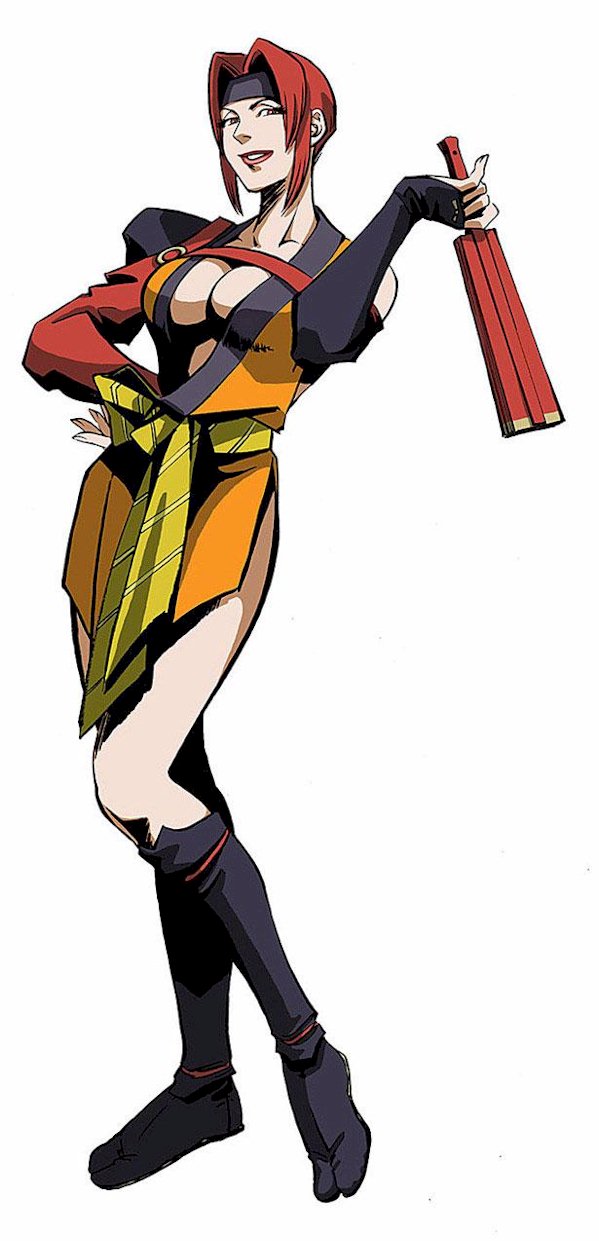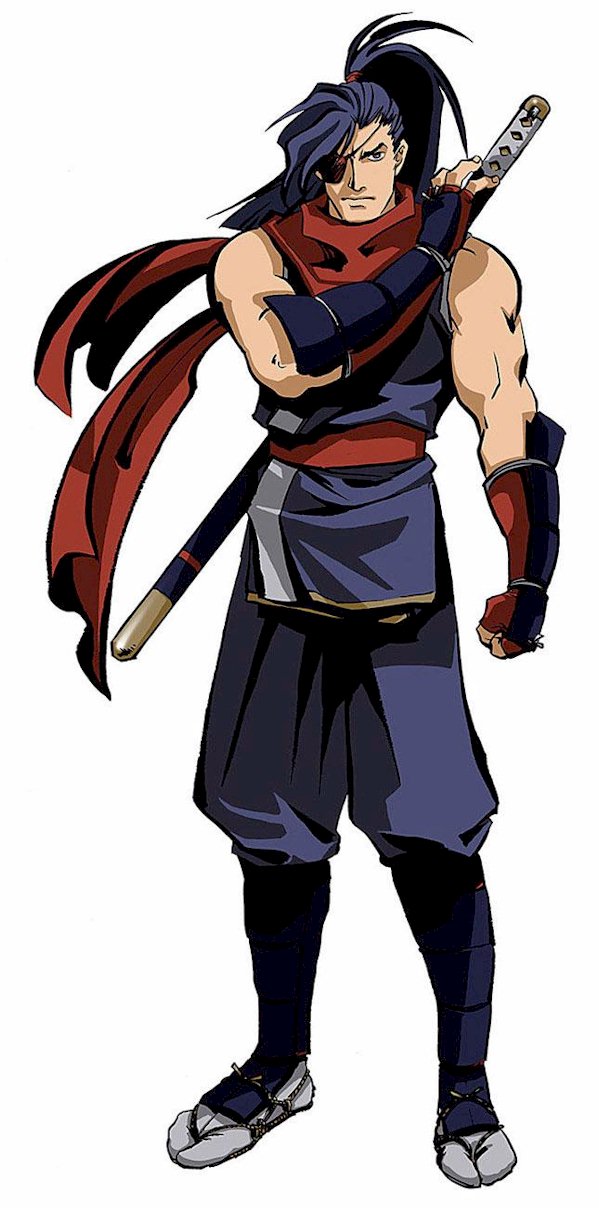Sengoku 3

Sengoku 3 (戦国伝承2001, Sengoku Denshō 2001) is a side-scrolling beat up game developed by Noise Factory and published by SNK. The game is the third and final title of the Sengoku series. It was released in arcades on October 25, 2001.
'Sengoku' and 'Sengoku era' redirect here. For other uses, see.The Sengoku period ( 戦国時代, Sengoku Jidai, 'Age of Warring States') is a period in of near-constant, social upheaval, and political intrigue from 1467 to 1615.The Sengoku period was initiated by the in 1467 which collapsed the system of Japan under the. Various warlords and fought for control over Japan in the, while the emerged to fight against samurai rule. The in 1543 introduced the into Japanese warfare, and Japan ended its status as a in 1549.
Dissolved the Ashikaga Shogunate in 1573 and launched a war of political unification by force, including the, until his death in the in 1582. League of war mercenaries unlimited gold. Nobunaga's successor completed his campaign to unify Japan and consolidated his rule with numerous influential reforms. Hideyoshi launched the in 1592, but their eventual failure damaged his prestige before his death in 1598. The neverhood video game. Displaced Hideyoshi's young son and successor at the in 1600 and re-established the feudal system under the. The Sengoku period ended when Toyotomi loyalists were defeated at the in 1615.The Sengoku period was named by Japanese historians after the otherwise unrelated of China.

Modern Japan recognizes Nobunaga, Hideyoshi, and Ieyasu as the three 'Great Unifiers' for their restoration of in the country. SummaryDuring this period, although the was officially the ruler of his nation and every lord swore loyalty to him, he was largely a marginalized, ceremonial, and religious figure who delegated power to the, a noble who was roughly equivalent to a. In the years preceding this era, the shogunate gradually lost influence and control over the (local lords).
Although the had retained the structure of the and instituted a warrior government based on the same social economic rights and obligations established by the with the in 1232it failed to win the loyalty of many daimyō, especially those whose domains were far from the capital,. Many of these lords began to fight uncontrollably with each other for control over land and influence over the shogunate. As trade with grew, the economy developed, and the use of money became widespread as markets and commercial cities appeared. Combined with developments in agriculture and small-scale trading, this led to the desire for greater local autonomy throughout all levels of the social hierarchy. As early as the beginning of the 15th century, the suffering caused by and often served to trigger armed uprisings by farmers weary of debt and taxes.The (1467–1477), a conflict rooted in economic distress and brought on by a dispute over shogunal succession, is generally regarded as the onset of the Sengoku period. The 'eastern' army of the family and its allies clashed with the 'western' army of the. Fighting in and around Kyoto lasted for nearly 11 years, leaving the city almost completely destroyed.
The conflict in Kyoto then spread to outlying provinces.The period culminated with a series of three warlords, and, who gradually unified Japan. After Tokugawa Ieyasu's final victory at the in 1615, Japan settled down into over two-hundred years of peace under the. TimelineThe in 1467 is usually considered the starting point of the Sengoku period.
There are several events which could be considered the end of it: Nobunaga's entry to (1568) or abolition of the (1573), the, the (1600), the establishment of the (1603), or the (1615). Japan in 1570The upheaval resulted in the further weakening of central authority, and throughout Japan, regional lords, called, rose to fill the vacuum.
In the course of this power shift, well-established such as the and the, who had ruled under the authority of both the Kamakura and Muromachi bakufu, were able to expand their spheres of influence. There were many, however, whose positions eroded and were eventually usurped by more capable underlings. This phenomenon of social meritocracy, in which capable subordinates rejected the status quo and forcefully overthrew an emancipated aristocracy, became known as ( 下克上), which means 'low conquers high'.One of the earliest instances of this was, who rose from relatively humble origins and eventually seized power in in 1493. Building on the accomplishments of Sōun, the remained a major power in the until its subjugation by late in the Sengoku period.
Other notable examples include the supplanting of the by the, the by the, and the by the, which was in turn replaced by its underling, Toyotomi Hideyoshi, a son of a peasant with no family name.Well-organized religious groups also gained political power at this time by uniting farmers in resistance and rebellion against the rule of the daimyōs. The monks of the sect formed numerous, the most successful of which, in, remained independent for nearly 100 years. Main article:After nearly a century of political instability and warfare, Japan was on the verge of unification by, who had emerged from obscurity in the province of (present-day ) to dominate central Japan. In 1582, Oda was assassinated by one of his generals, and allowed the opportunity to establish himself as Oda's successor after rising through the ranks from (footsoldier) to become one of Oda's most trusted generals. Toyotomi eventually consolidated his control over the remaining daimyōs but ruled as (Imperial Regent) as his common birth excluded him from the title of.
During his short reign as Kampaku, Toyotomi. The first attempt, spanning from 1592 to 1596, was initially successful but suffered setbacks from the and ended in a stalemate. The second attempt began in 1597 but was less successful as the Koreans, especially their navy, led by Admiral, were prepared from their first encounter. In 1598, Toyotomi called for retreat from Korea prior to his death.Without leaving a capable successor, the country was once again thrust into political turmoil, and took advantage of the opportunity.On his deathbed, Toyotomi appointed a group of the most powerful lords in Japan—Tokugawa, and —to govern as the until his infant son, came of age. An uneasy peace lasted until the death of Maeda in 1599.
Thereafter a number of high-ranking figures, notably, accused Tokugawa of disloyalty to the Toyotomi regime.This precipitated a crisis that led to the in 1600, during which Tokugawa and his allies, who controlled the east of the country, defeated the anti-Tokugawa forces, which had control of the west. Generally regarded as the last major conflict of the Sengoku period, Tokugawa's victory at Sekigahara effectively marked the end of the Toyotomi regime, the last remnants of which were finally destroyed in the in 1615.